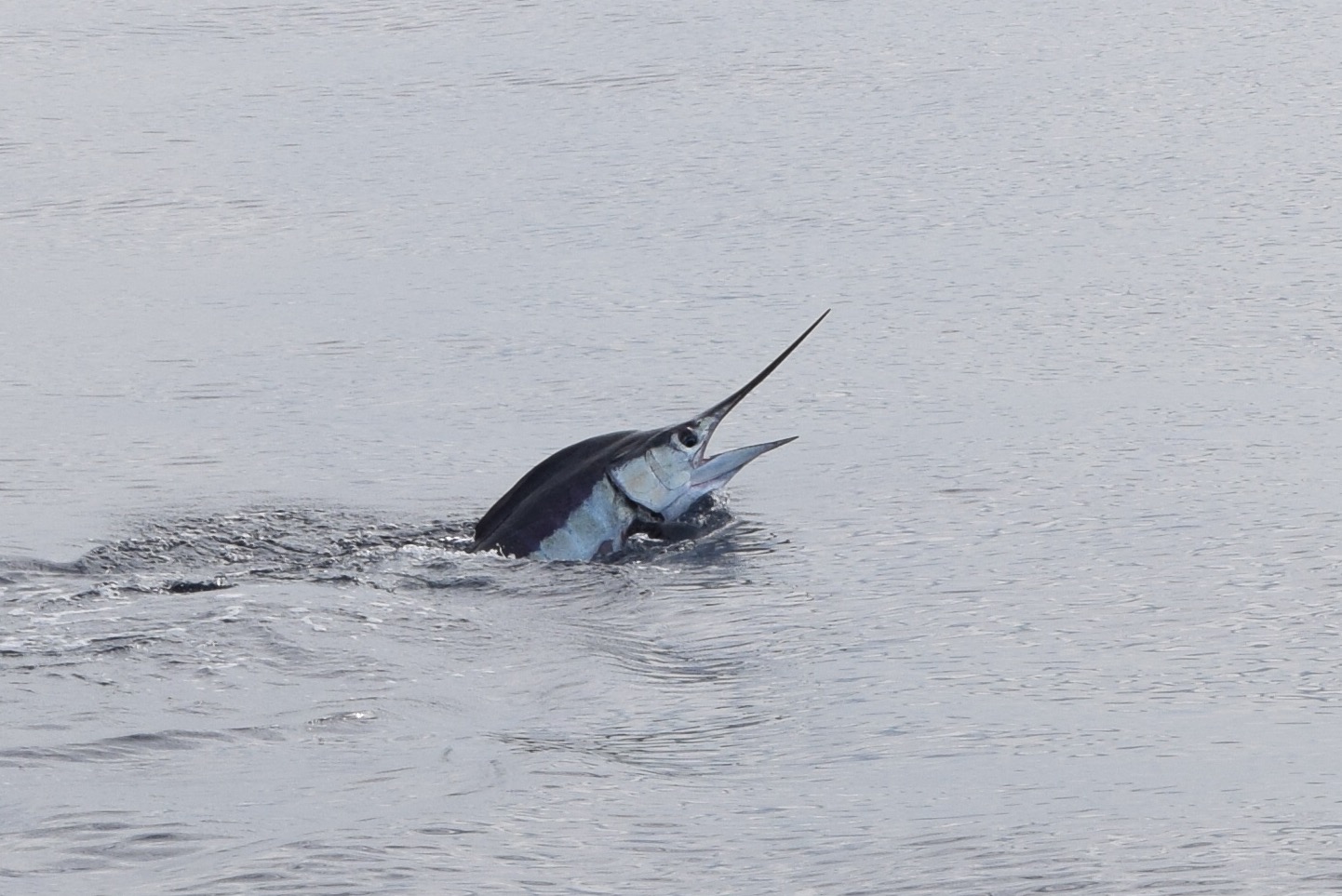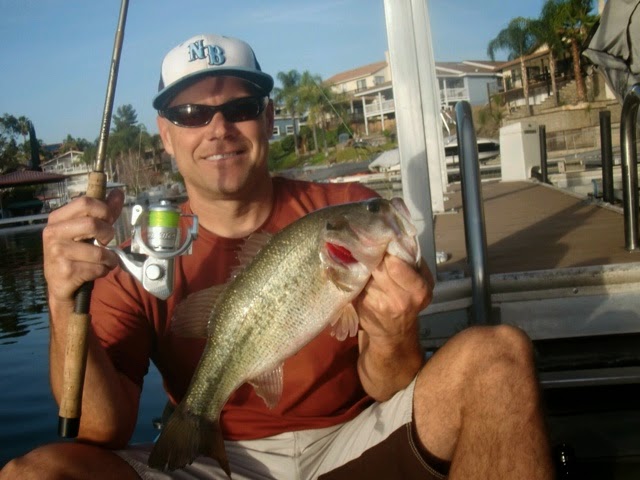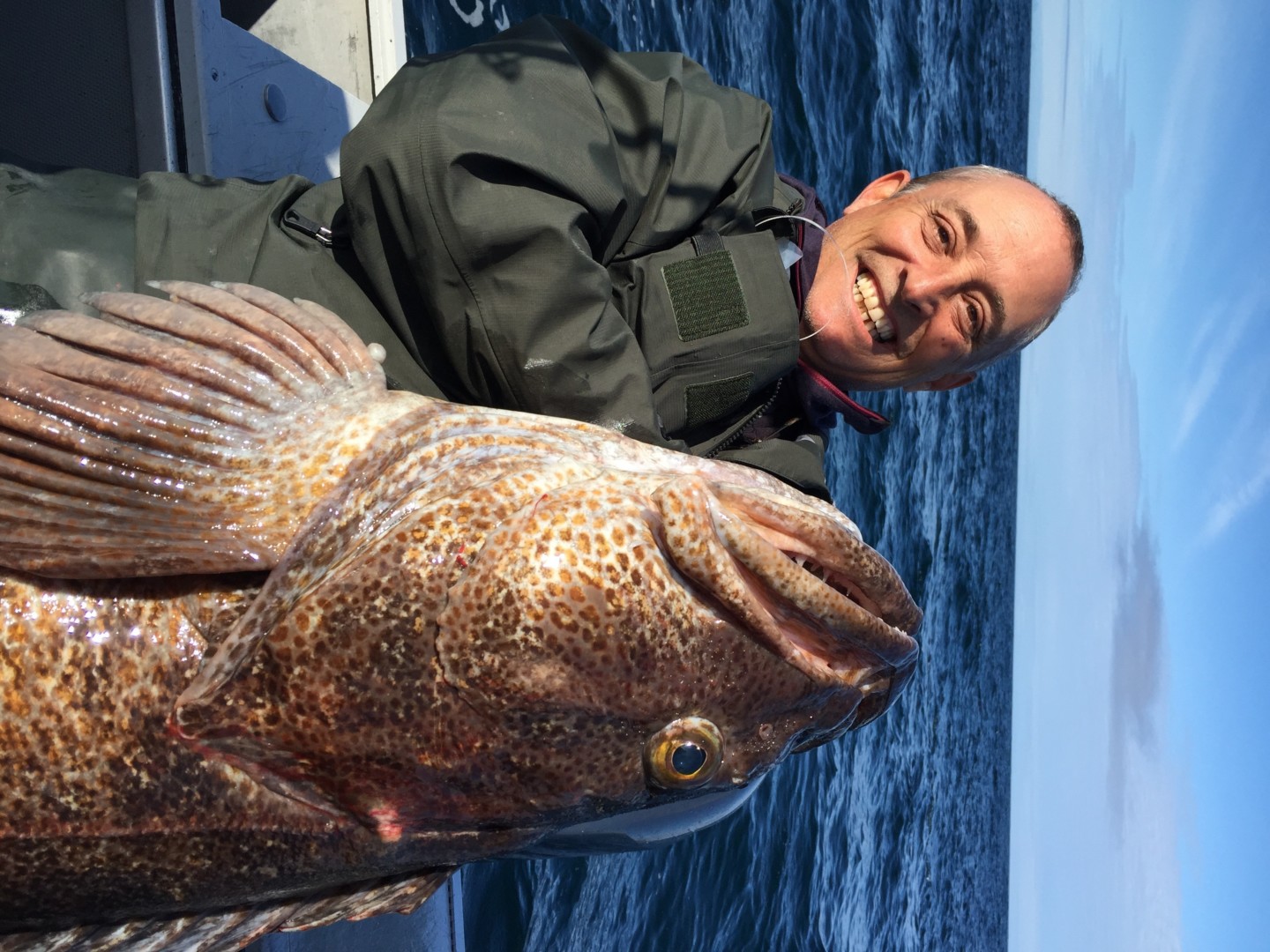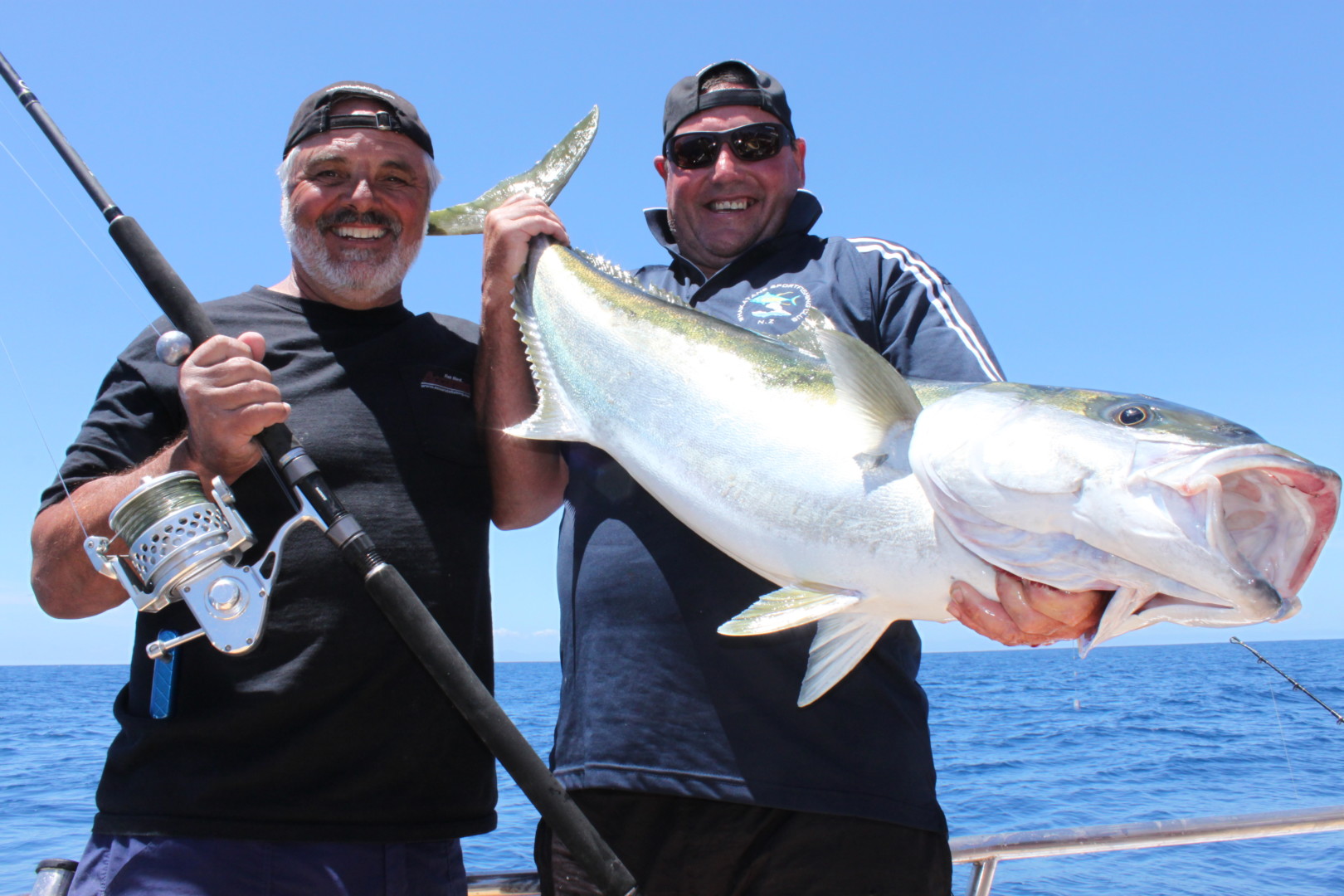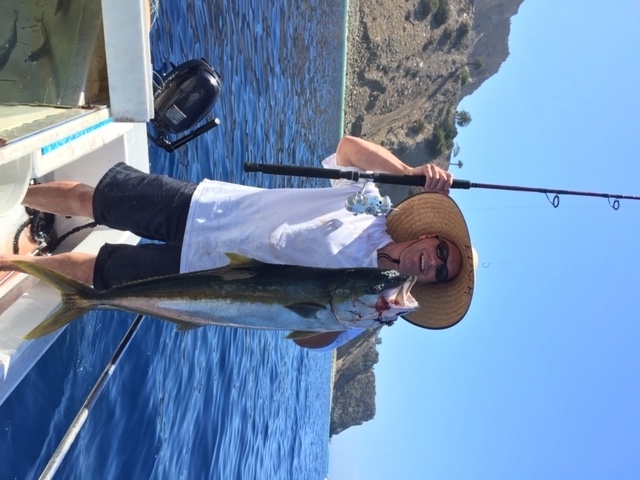The Coming of Braid.

During the late 80’s and early 90’s a west coast fisherman named Russ Izor who later developed a company called Izorline found some of the first Spectra Fiber lines introduced and told us that fishing as we know it would change in years to come. Man was Russ right. Once Spectra was adopted by fishermen the whole tackle setup, both rod and reel evolved to take into account the strength and smaller diameter of braided line. Braided line is made in different carriers (Line count) some with 4, 8, 12 and so on then woven on machines into a solid diameter line. There are both solid braid and what they call hollow core which is used for splicing line usually flourocarbon into the center for one continuous running line. This is great for larger line sizes but the solid line with the right knots is hard to beat in the lighter line classes.
 As braid started to become more wide spread, tackle manufacturers started to produce specific products to use with braided lines. Accurate Fishing reels was one of the first to adopt the braid focus, with the patented TwinDrag® Reel, it was a perfect marriage. With drag plates and washers on both sides of reel, and an even amount of pressure on both sides pushing the spool directly in to the center of the frame. There is no distortion like you see on many of todays single speed reels that have all the pressure on one side of the spool. The main problem happening with most reels was their spools spreading due to an inherent problem with mono. Monofilament line when winding it on a spool with pressure will go on tight but as it stretches being put on spool it changes to a smaller diameter. Once on the spool, it will regain its original diameter making the line on the reel expand and often spreading the spool width. For the TwinDrag® reels it pushes the side of the spool towards the drag plate which the end result is a loss of the overall drag spectrum meaning that the initial push into gear with the drag lever will increase drag significantly, limiting your range. With the introduction of braid the problems with mono compaction literally disappeared since there is relatively no stretch in the Spectra. Braid being a much smaller diameter then mono made it easy to start looking at using smaller reels in all situations.
As braid started to become more wide spread, tackle manufacturers started to produce specific products to use with braided lines. Accurate Fishing reels was one of the first to adopt the braid focus, with the patented TwinDrag® Reel, it was a perfect marriage. With drag plates and washers on both sides of reel, and an even amount of pressure on both sides pushing the spool directly in to the center of the frame. There is no distortion like you see on many of todays single speed reels that have all the pressure on one side of the spool. The main problem happening with most reels was their spools spreading due to an inherent problem with mono. Monofilament line when winding it on a spool with pressure will go on tight but as it stretches being put on spool it changes to a smaller diameter. Once on the spool, it will regain its original diameter making the line on the reel expand and often spreading the spool width. For the TwinDrag® reels it pushes the side of the spool towards the drag plate which the end result is a loss of the overall drag spectrum meaning that the initial push into gear with the drag lever will increase drag significantly, limiting your range. With the introduction of braid the problems with mono compaction literally disappeared since there is relatively no stretch in the Spectra. Braid being a much smaller diameter then mono made it easy to start looking at using smaller reels in all situations.

Once Accurate adopted braid, we started to design smaller reels to use for bigger fish resulting in “Small Reels Big Fish” Accurate slogan. We found with the TwinDrag® design we could get more drag, the equal drag pads on each side of the spool equated to a greater drag surface, plus with the lubricated drags a much smoother drag with no start up inertia leaving you with a consistently even drag. The result was a much more comfortable experience for anglers with lighter, smaller reels coupled with more forgiving rods to compensate for the no stretch in the line. Anglers were able to put more pressure on the fish and take the pressure off of themselves.
The days of fishing larger, bulky reels with monofilament are gone. Anglers looking to fish 50 lb tackle now can take a Accurate 400 size reel with a strong lightweight composite rod and catch bigger fish more effectively then ever. Anglers 10 to 15 years ago spent a lot of their time fighting their tackle versus the fish on the end of their line. With today’s smaller more powerful reels/rods and the use of braid, anglers can focus on the fish, not trying to keep their tackle from turning side to side during the fight.
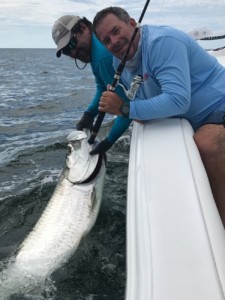
Some of the basic outfits (reels and rods) guys are using include Accurate BV-300 with 30Lb braid holding 325 yards with a 15 to 30lb live bait or trigger rod in the 7 – 8′ range. A 400 size reel with 50 lb braid holding 400+ yards is standard issue for the guys fishing schoolie tuna but has also landed fish up to the 100 lb mark putting out 24 lbs of drag and fished with a 30 – 50lb 7 -8′ live bait rod. The 500 size reel has made a name for itself fishing 65b braid holding 350 yards with a 30 – 60lb rod in the 7′ to 7’6″ range. This reel has accounted for numerous west coast bluefins in the 150 lb class and puts out 28 lbs of drag. Probably the most popular sizes are the 600 or 600N these reels have been tested throughout the world on various gamefish with good results. The 600 size holds 500 yards of 65lb braid but a lot of people use 80b on it with about 375 yards fishing bigger Tuna as well as AJ’s, Groupers, and other worthy opponents of the deep. Depending on what anglers are fishing for they are using rods in the 6’6″ to 7’6″ range rated for 40 to 80 lb. The 600N size reel has been used a lot for casting poppers/plugs for surface feeding gamefish with good results as well as fishing live bait. The 600N has been a extremely popular live bait casting reel for local stripe marlin on the west coast using 65lb braid with a top shot of 30 lb mono. Accurate(no pun intended) casting is key and all the Accurate reels have a sleeved spool for better castibility. The 600N holds 350 yards of 65 lb braid and coupled with a 6’6″ to 7′ rod rated 30 to 60 is just the best. Both these reels put out 38 lbs of drag which is plenty of power to stop better tuna, stripe marlin, or whatever adversary you run across in your neck of the woods. All the sizes of reels excluding the 300 size come in both single and 2-speed models.

There are two schools of thought nowadays with anglers fishing braid. If a reel puts out enough drag, a lot of anglers fishing the right rods with a slow parabolic action with an even taper in the back bone will sacrifice the line capacity(fishing heavier line) to fish a higher drag setting. More drag means less time on the fish putting it on the deck faster by turning their head quickly. These anglers are usually fishing the 2-speed models so as to switch to low for the one to one power once they cannot turn the handle at the higher gear ratio. The other school of thought is to fish reels with more line capacity at a lower drag setting and play the fish at a lower drag setting. This works fine for anglers that cannot fish heavier drags and do not worry about time on the fish. Main point here is the longer you have the fish on the percentages of loosing the fish go up. I think a place in between these two schools of thought is a great way to focus and that is attained by knowing when to fish more drag and when to back off. Whatever you feel comfortable with you should continue to practice.
Braid has really helped the evolution of fishing with tackle, techniques, and the enjoyment of the end user having a positive experience.
Our focus at Accurate has been Small Reels for Big Fish which would not be possible without the introduction of braid. Thanks Russ Izor for seeing the future and sharing your vision.
Tight lines.
Team Accurate.
 Custom Color Reels
Custom Color Reels

